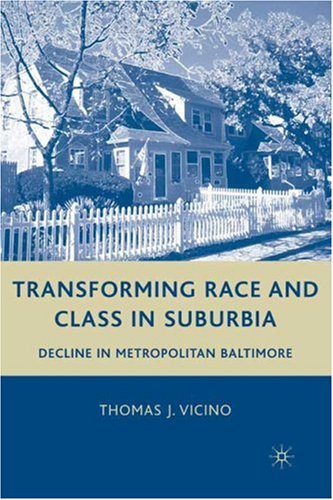

Most ebook files are in PDF format, so you can easily read them using various software such as Foxit Reader or directly on the Google Chrome browser.
Some ebook files are released by publishers in other formats such as .awz, .mobi, .epub, .fb2, etc. You may need to install specific software to read these formats on mobile/PC, such as Calibre.
Please read the tutorial at this link: https://ebookbell.com/faq
We offer FREE conversion to the popular formats you request; however, this may take some time. Therefore, right after payment, please email us, and we will try to provide the service as quickly as possible.
For some exceptional file formats or broken links (if any), please refrain from opening any disputes. Instead, email us first, and we will try to assist within a maximum of 6 hours.
EbookBell Team

4.7
76 reviewsJust as the nation witnessed the widespread decay of urban centers, there is a mounting suburban crisis in first-tier suburbs--the early suburbs to develop in metropolitan America. These places, once the bastion of a large middle class, have matured and experienced three decades of social and economic decline. In the first comprehensive analysis of suburban decline for an entire region, Vicino uses Baltimore as an illustrative case to chronicle how first-tier suburbs experienced widespread decline while outer suburbs flourished since the 1970s. At the brink of the twenty-first century, Vicino illustrates how the processes of deindustrialization, racial diversity, and class segregation have shaped the evolution of suburban decline.